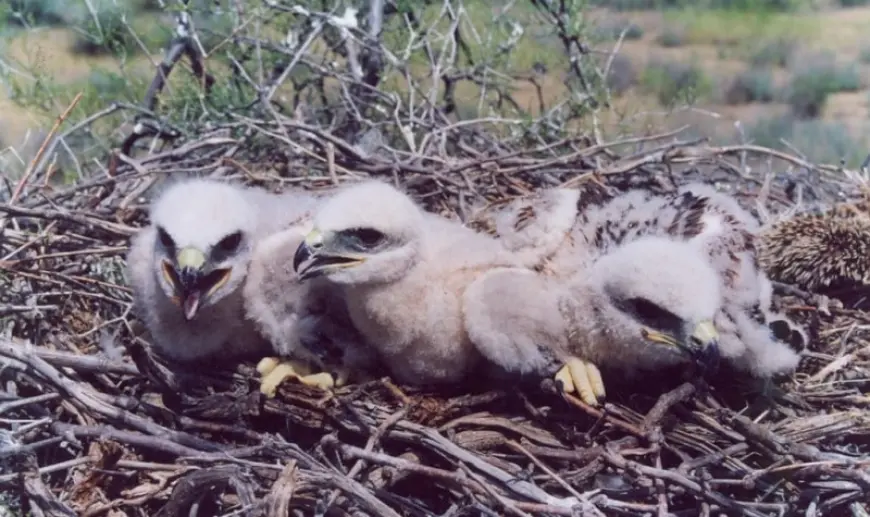The Number of Nesting Birds Is Increasing
Turkmenistan is known for its unique and rich natural environment. Its steep mountains with rivers, vast steppes, and rippling seas and lakes give it distinctive beauty and provide excellent natural conditions for the life and reproduction of wildlife. Currently, protecting the environment and ensuring ecological safety are among the priority areas of state policy. Preserving biodiversity, especially rare and valuable species, is considered a matter of national importance.

The country's fauna is rich, and many species of birds can be found here. In the “Bathyz” State Nature Reserve, 258 bird species have been recorded. Some pass through, while many stay for the winter. There are also both resident and nesting birds. The reserve’s pistachio forests, desert areas, and dry lowlands provide natural habitats for nesting.
Birds of prey such as bearded vultures, snake eagles, black kites, griffon vultures, steppe eagles, and buzzards nest in pistachio and saxaul trees, while species like golden eagles, Egyptian vultures, desert owls, bearded vultures, and imperial eagles build their nests on cliffs in areas like Kyzyljar and Yeroilanduz.
According to regular monitoring, the number of eggs in the nests of birds of prey depends on food availability in the wild. In years when rodent populations are high, birds like buzzards and eagles tend to raise more chicks.
Species such as the bearded vulture, griffon vulture, black kite, and golden eagle typically lay a single egg. They mainly feed on the carcasses of ungulates, helping to clean the ecosystem. The Egyptian vulture mostly feeds on other birds, while the snake eagle controls snake populations. Owls feed on insects, small reptiles, and rodents.
Recent surveys have recorded nests of 8 bearded vultures, 4 buzzards, 6 black kites, 1 golden eagle, 5 griffon vultures, 7 owls, and 1 scops owl. Throughout the year, these nests are monitored, GPS coordinates are recorded, and the data is mapped and compared with previous years in the nature yearbook. This approach allows for more coordinated and effective conservation efforts.


























